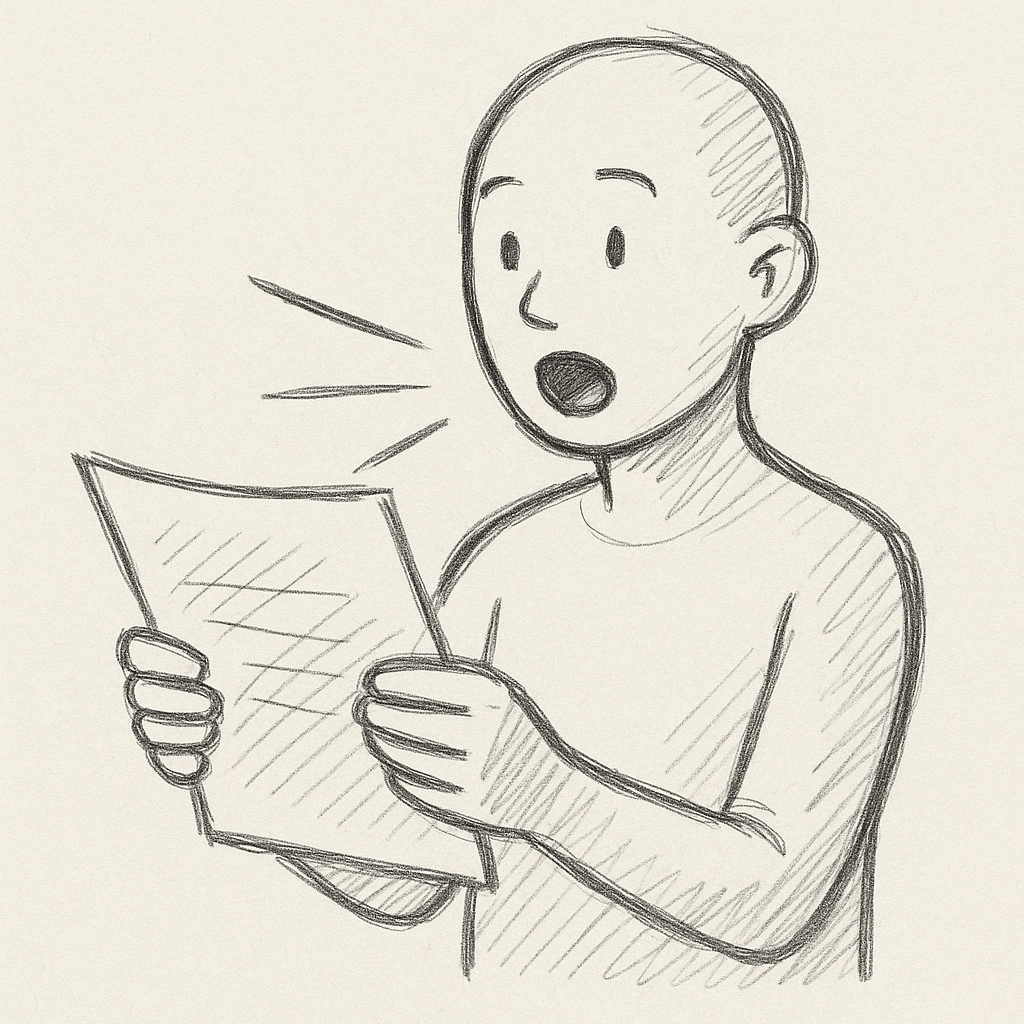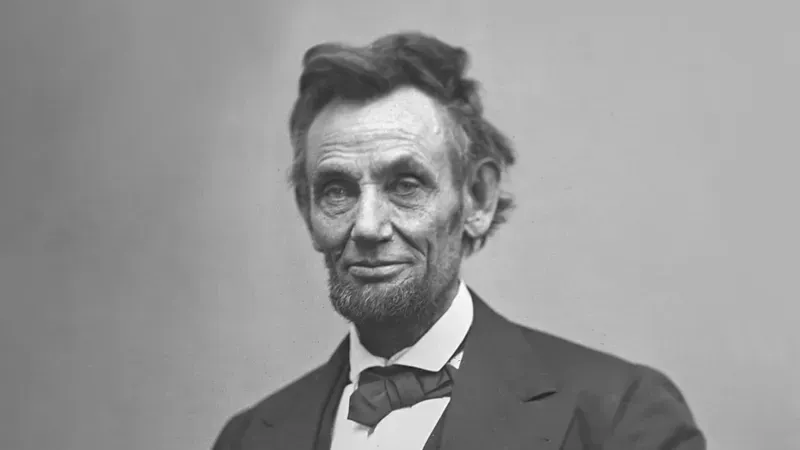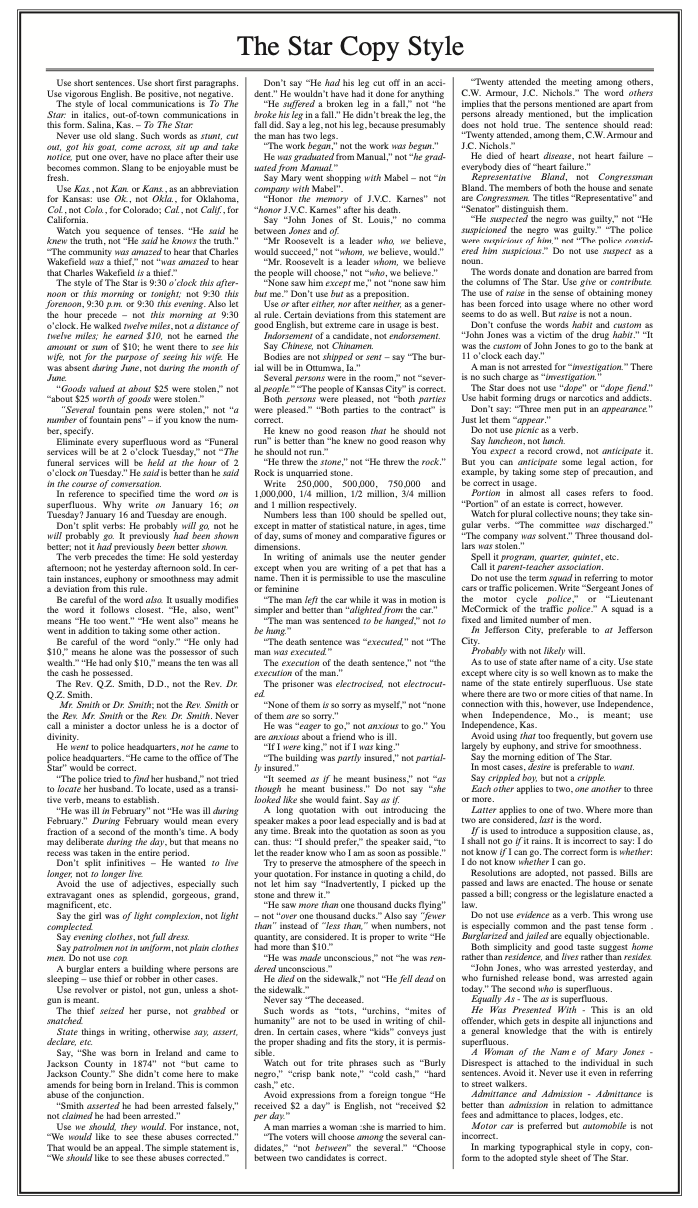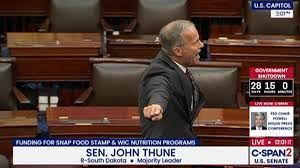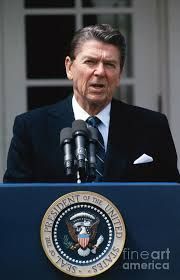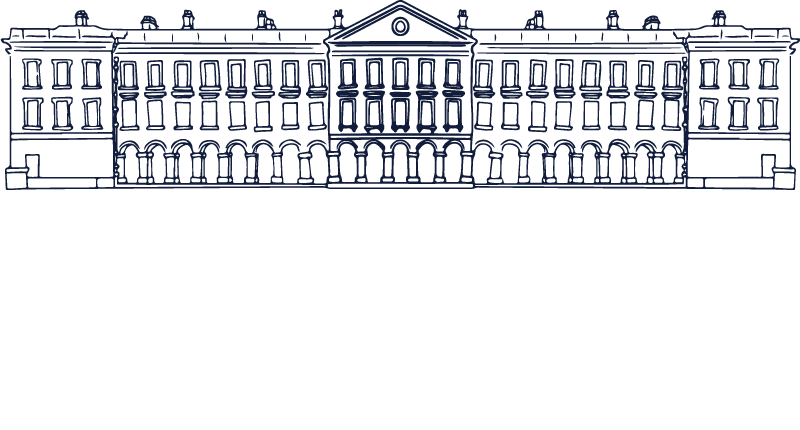Nib #21: Donald Trump Bombs at the Libertarian Convention. (Or Did He?)
Last week, Donald Trump became first U.S. president to ever address the Libertarian National Convention.
As the media gleefully reported, it didn’t go well. Trump’s 35-minute speech was repeatedly interrupted by boos and heckling from the convention floor. And his campaign’s last-minute attempt to win the Libertarian presidential nomination was dismissed out of hand.
By those in-the-room metrics, Trump’s appearance was indeed a flop. But I’m not sure those are the right metrics here.
Given the endearing kookiness of political conventioneers in general — let alone at the proudly fringy Libertarian Party — could Trump’s advisors really have expected to secure the party’s presidential nomination on a wave of emotion after an ecstatically received speech?
It seems more likely Trump was not really talking to the 1,051 Libertarian Party convention delegates at all. Rather, he was talking to the 2 million Libertarian Party voters around the country.
Watch the speech for yourself. Notice that Trump doesn’t do his usual gonzo, stream-of-consciousness, insult-comic routine. He reads text off a teleprompter.
Moreover, he repeatedly dings the Libertarian Party’s complacency with winning their “3 percent” of the vote every four years. Team Trump surely knew this would only anger the delegates and harden their opposition to the Republican nominee.
Which means it was intentional. Which makes sense.
Just as floor speeches by congressmen are not meant for the half-dozen clerks and randos milling around the House chamber, Trump’s speech at the Libertarian Convention was not really for the Libertarian Convention. On the contrary, the speech’s true purpose was to appeal to gettable, libertarian-minded voters in swing states by provoking and exposing the convention delegates’ principled-but-decidedly-idiosyncratic extremism.
This is Triangulation Politics 101.
Trump’s advisors fully understood he was not a plausible Libertarian nominee. But his agenda is more libertarian than President Biden’s record these last three years. And getting anti-Trump Libertarian Party insiders to boo the guy promising to dismantle the Deep State, protect the Bill of Rights, appoint libertarian cabinet Secretaries, and cut federal spending is a smart way of discrediting those insiders in the eyes of undecided, libertarian-inclined voters.
This is not to declare Trump’s speech a success. We won’t know that until November.
But it’s a vivid illustration of a powerful insight: writers should not see a composition’s setting — like the venue hosting a speech or the publication printing an oped — as an exogenous restriction on a pre-set strategy. Rather, it should be considered as an endogenous factor in developing the strategy in the first place.
Team Trump knew that if their man spoke at the Libertarian Convention, the delegates were going to boo. So rather than trying to navigate around this inevitability, they sailed right into it. They crafted the remarks so that the boos were not an embarrassing reaction to Trump’s speech but a key element of the real speech he was giving to his real libertarian audience out in the country.
The lesson for young writers? Before you start writing, think about who you’re really talking to and what you’re really trying to persuade them to do. It will clarify your thinking, strengthen your writing, and open up strategic opportunities you would otherwise miss.
Until next week… keep writing!

